
 Business
Business Amorphous Alloy Foils Div.
Amorphous Alloy Foils Div.
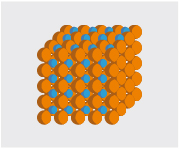
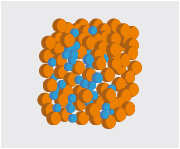
Difference in Array of Metal Atom
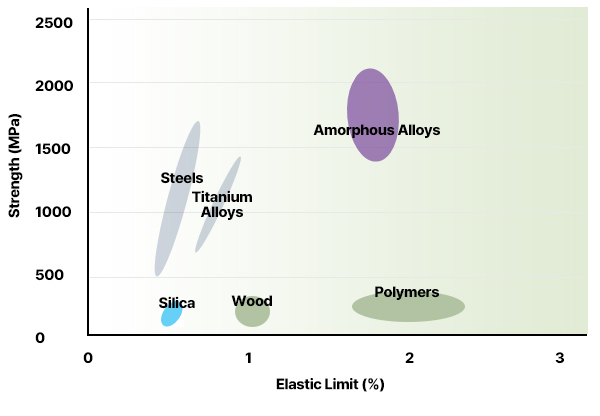
Typical strength and elastic limits for various materials


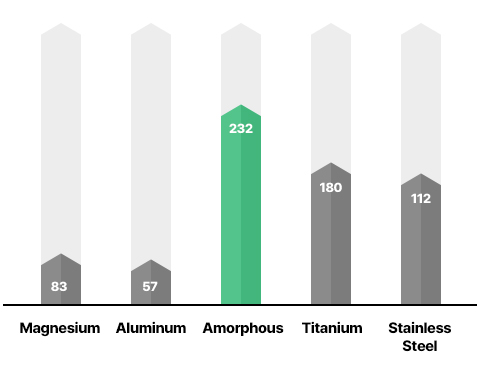

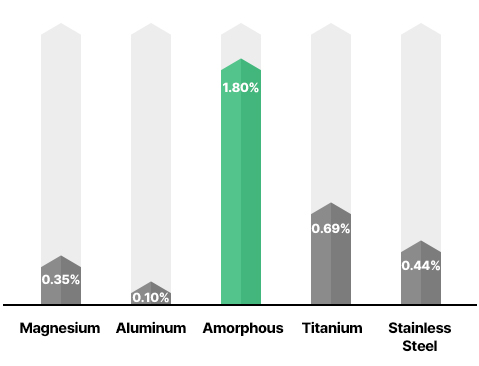

Zr-based, Ti-based, Ai-based,
Cu-based and so on.
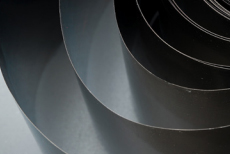
30μm ~ 200μm
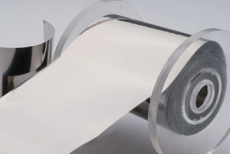
Max, 125 mm
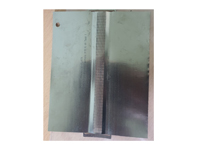
Inner Hinge for Flexible Display
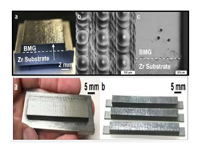
Feedstock for Laser Foil Printing
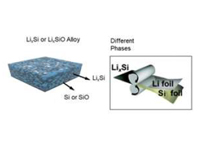
Amorphous Li-Si Foil

Hydrogen Separation Membrane Material
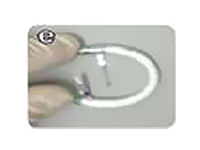
Flexible all-solid-state symmetric supercapacitor
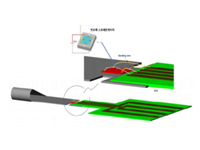
High-Precision Flow Sensor with Semi-conductor

Electrostatic Chuck
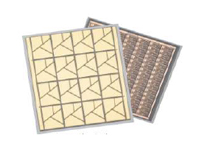
Ceramic Substrate for EV